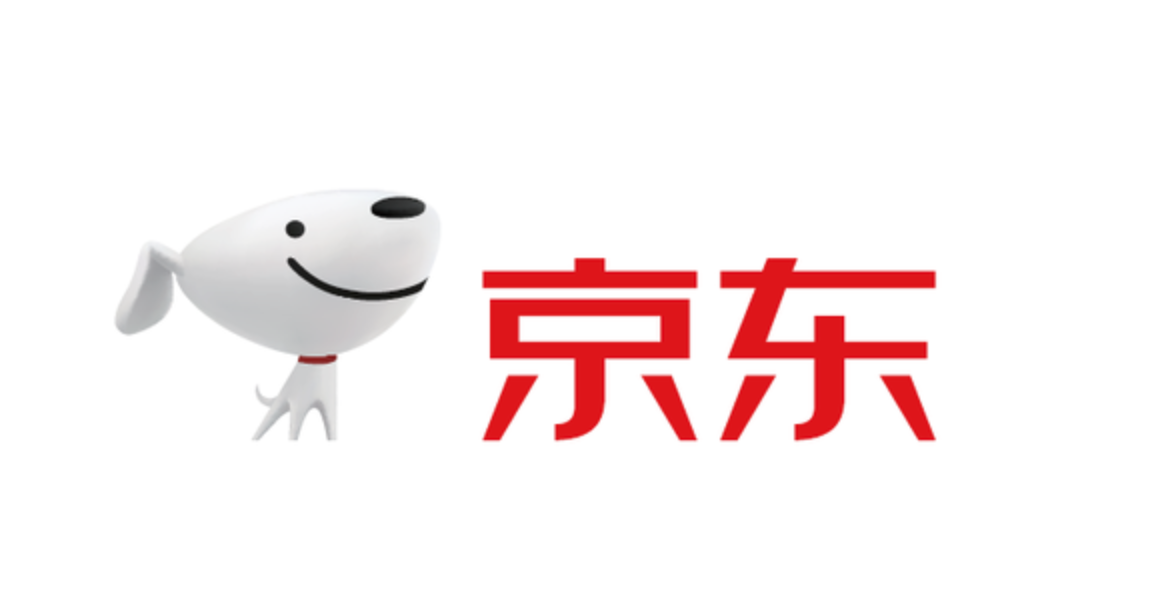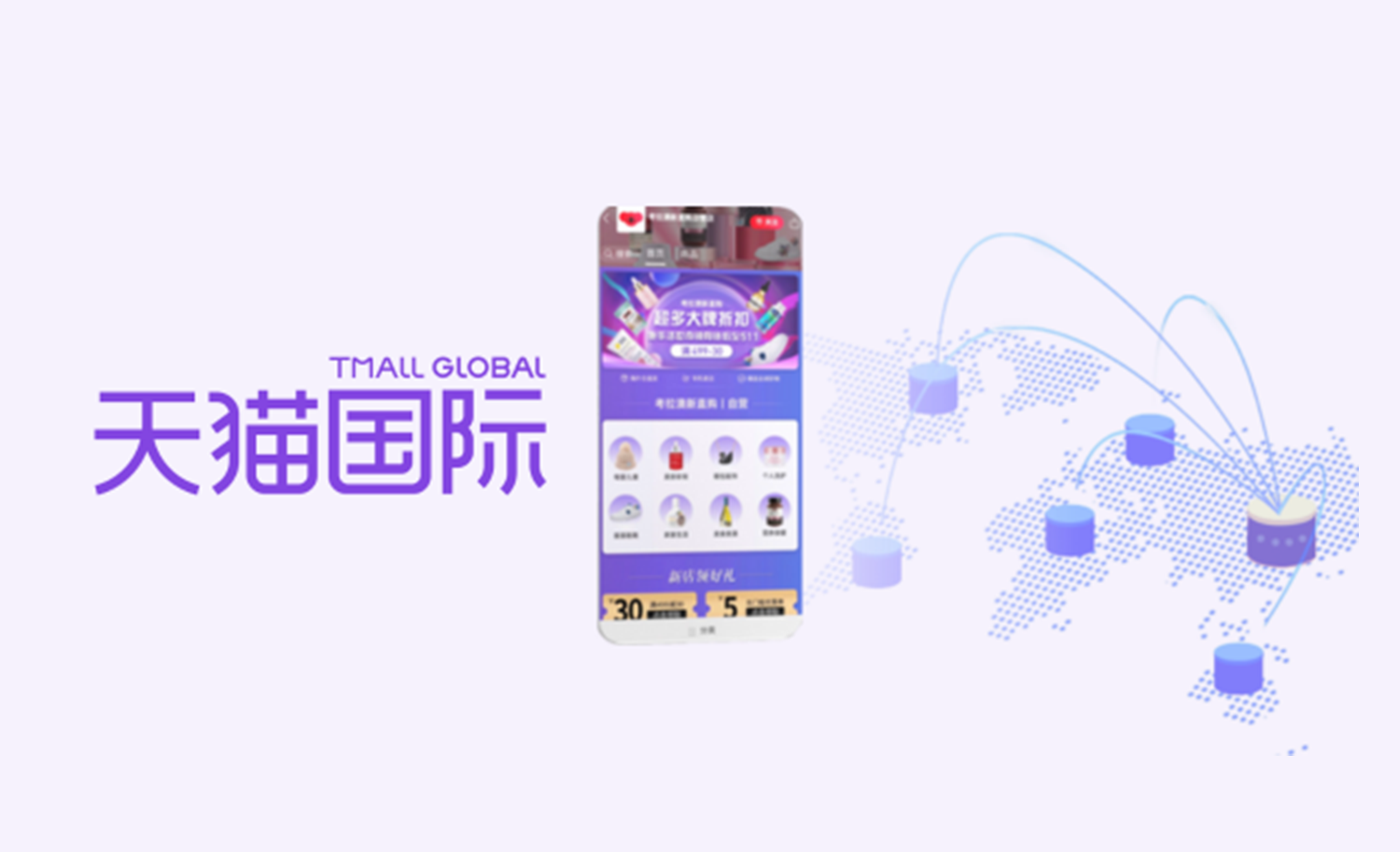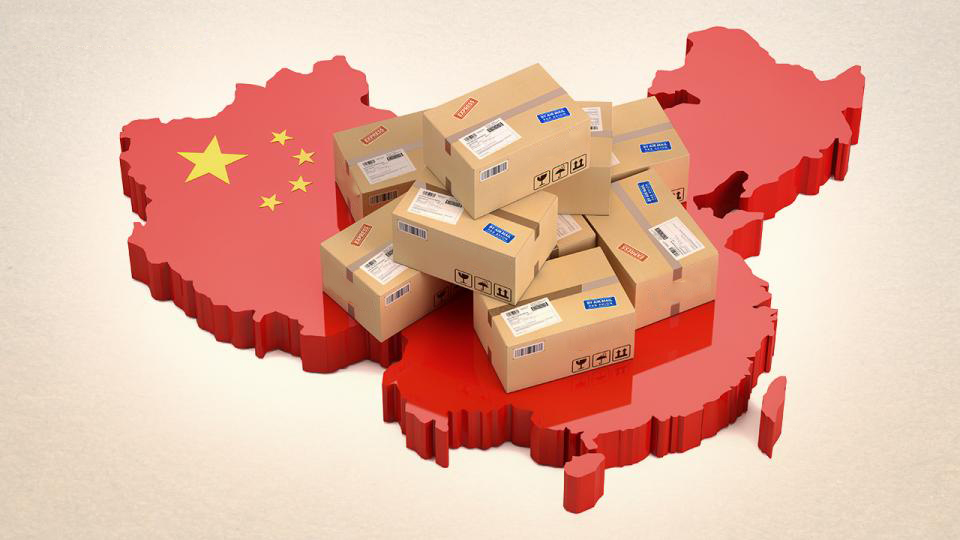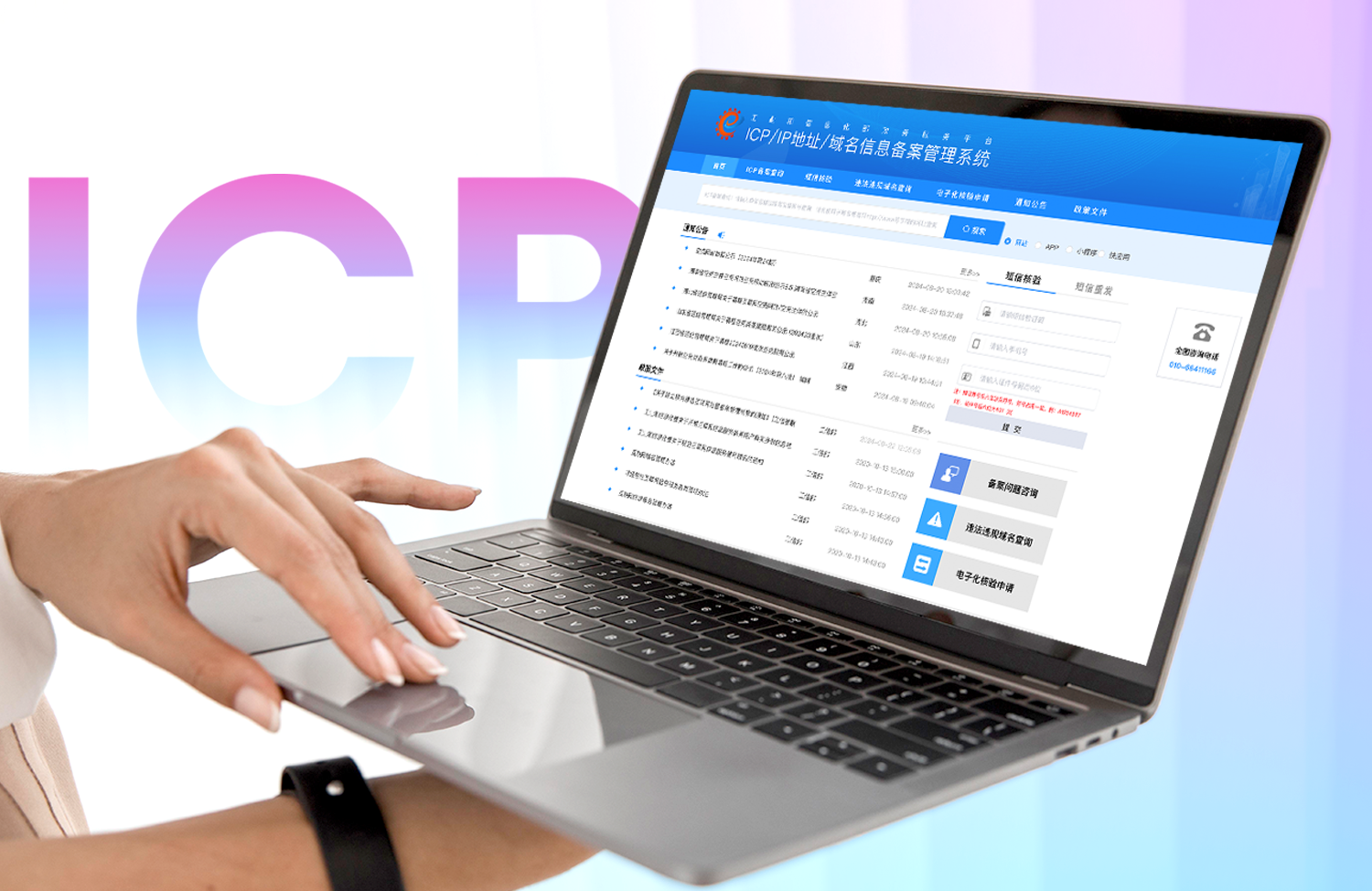As previously highlighted in our Southeast Asia eCommerce Outlook 2025This free PDF takes a broad view of eCommerce across five of Southeast Asia's most exciting markets: statisics, market structure, trends, entry strategy.Free Southeast Asia eCommerce Outlook, The Philippines is the third-largest eCommerce market in the region at US $15.51 billion in revenue. With Cross-border selling still being fairly free and loosely regulated–without significant barriers to entry nor high import taxes–as well as the country’s openness for foreign brands, The Philippines represents a great opportunity for businesses looking to expand into Asian markets.
And with this growth speeding up the eCommerce ecosystem, competition among B2C platforms is also increasing. Three years ago when we first published this ranking, only 4 marketplaces made up 90% of the traffic for eCommerce and Shopping. Fast forward to today, and the list is rapidly expanding with both local and international players.
For brands looking to increase their reach in The Philippines, these are the main multi-vendor marketplaces to consider in their multichannel eCommerce strategy.
This ranking covers the largest eCommerce platforms in The Philippines based on findings from our eCommerce Marketplace Monitoring Services in Southeast Asia–and taking website traffic & app download data from December 2024 into consideration–to give you a better understanding of the online landscape in the region.
If you’re looking for an overview of the whole region, make sure to check out our ranking of 10 Largest Online Marketplaces in Southeast Asia (2024)Southeast Asian eCommerce is one of the fastest developing and changing. We look at the Top 10 online marketplaces in the region in 2024.Southeast Asia’s 10 Largest Online Marketplaces
Biggest e-Commerce Platforms in The Philippines
1. Shopee PH
- Monthly Visits (Web): 69.13M
- Monthly App Downloads (Android): 2M
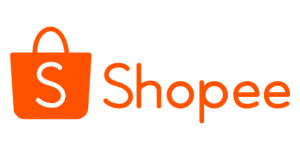
With upwards of 46% of the market share in The Philippines, Shopee stands as the king of B2C eCommerce in the country, with a lead of almost 30 million visits over Lazada. What's most impressive is how quickly Shopee has grown from its 2015 launch to challenging Lazada in almost every major SEA market. The Singaporean eCommerce giant began as a C2C platform but is now just as strongly associated with its B2C offerings in the minds of its many customers throughout Southeast Asia. Following a mobile-first strategy. It's no surprise that Shopee’s app is #1 on both the Google Play Store and Apple’s App Store for marketplace downloads.
Already selling on Shopee PH? Boost your eCommerce Market Intelligence with our Customized Marketplace Reports containing data on sales volume and revenue by SKU, brand, merchant, and categories.
2. Lazada PH
- Monthly Visits (Web): 19.91M
- Monthly App Downloads (Android): 1.3M
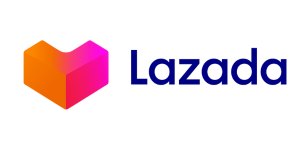
Supporting C2C, B2C, cross-border, and flagship brand sellers. Lazada’s highly-developed logistics capabilities–offering same-day and next-day delivery in many urban areas–are one of its biggest advantages. The company is constantly expanding its network, with new warehouses opening up new opportunities throughout the country. Lazada, like Shopee, offers products in dozens of categories. In the Philippines, the most popular of these is fashion.
Tip: For a continuously updated snapshot of the best-selling products, categories, and merchants selling on Lazada and Shopee, download our free Southeast Asia eCommerce Datasets that are released monthly.
3. TEMU
- Monthly Visits (Web): 3.61M
- Monthly App Downloads (Android): 1.6M
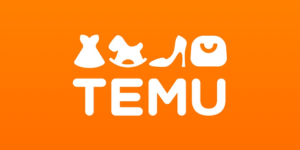
Having entered The Philippines’ market as recently as August 2023, Temu focuses on the sale of ultra-affordable goods and is the sister company of Pinduoduo–the third-largest online marketplace in China–and is one of the cross-border eCommerce platforms to follow closely in the next months. Weeks after its launch in The Philippines, Malaysia followed, and Temu will likely continue its regional expansion shortly.
While TEMU has been struggling with delivery times and regulatory compliance in Southeast Asia, it has found particular success in The Philippines within budget-conscious Filipino shoppers looking for ultra-low-cost products.
4. Carousell PH
- Monthly Visits (Web): 2.6M
- Monthly App Downloads (Android): 61.2K
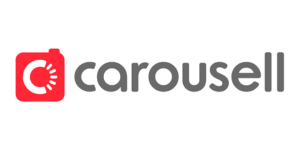
Operating in half a dozen countries in the region, Carousell is now the second-biggest marketplace in Singapore and a prominent player in Southeast Asia. While starting as a classified ads site mainly for electronic devices, it has now evolved into a marketplace for both C2C and B2C, offering everything from fashion and beauty products to new and used cars and even properties!
Carousell continues to be the go-to platform for buying and selling second-hand items, from gadgets to home appliances. It has maintained its popularity, especially among budget-conscious consumers.
5. TikTok Shop
- TikTok Lite - Monthly App Downloads (Android): 88.4K
- TikTok Shop Seller Center - Monthly App Downloads (Android): 304.3K
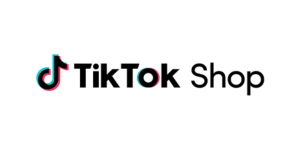
A newcomer in the online retail scene with notably high sales of Beauty & Personal Care products, China’s TikTok has exhibited astounding growth thanks to the platform’s already huge social media user base and its algorithm capabilities to recommend products that match users’ interests and needs. Having launched merely in 2021, by 2023’s end TikTok Shop is quickly catching up with a 60% YoY growth and close to half the GMV of Lazada in the Southeast Asia region. In early 2024, Douyin acquired a 75% stake in Indonesia’s eCommerce leader Tokopedia, signaling the company’s strong push within the region.
While still being a rapidly growing platform, The Philippines represents TikTok's smallest eCommerce market out of the main 6 countries in Southeast Asia, at around 11% share.
6. Zalora
- Monthly Visits (Web): 0.875M
- Monthly App Downloads (Android): 164.2K
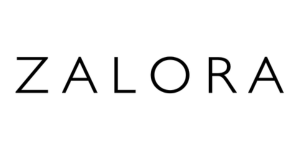
Zalora is a Singapore-based fashion and cosmetics retailer. The platform is one of only three in the country to break more than a million monthly visits. Zalora's impressive calendar of more than 50,000 products boasts both renowned international brands as well as up-and-comers from the Philippines. This is part of an ongoing tactic in each region Zalora operates, selling both globally respected products and raising the profile of local brands.
Other Popular eCommerce Platforms in The Philippines
In addition to the aforementioned marketplaces, there are other platforms that operate globally or have expansion plans for Southeast Asia, and as such should be taken into account for your eCommerce strategy in The Philippines.
7. Alibaba
- Monthly Visits (Web): 74.29M Global*
- Monthly App Downloads (Android): 328.6K
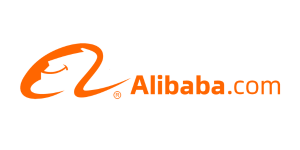
One marketplace that could not be missing from any eCommerce platform ranking is Alibaba Group’s B2B wholesale giant for businesses searching for suppliers. The Group, which also owns the B2C platform Lazada, has an incredibly robust logistics network and enables not only Chinese, but international retailers, wholesalers, and manufacturers looking to sell their products online in The Philippines as well.
8. Amazon Global
- Monthly Visits (Web): 3.1B Global*
- Monthly App Downloads (Android): 86.2K
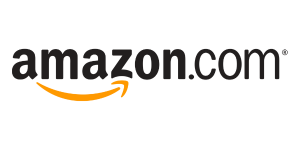
While Amazon does not have a dedicated website in any Southeast Asia country other than Singapore, it is still available and, to an extent, popular in The Philippines. Amazon’s biggest competitive advantage is that some international products are more readily available than in other marketplaces. Its downside, however, is that users often have to rely on third-party delivery services to get the goods, and the speed and reliability of such deliveries can hardly compare with that of local marketplaces.
If you want to know about the eCommerce landscape in The Philippines, make sure to check out our eCommerce Market Localization Guides available in Free Starter and Paid Premium Versions and based on our 20+ years of experience in eCommerce market entry strategies.
9. SHEIN PH
- Monthly Visits (Web): 203M Global*
- Monthly App Downloads (Android): 1.4M
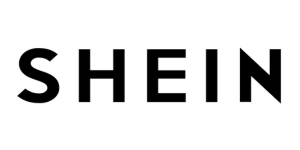
The Chinese-Singaporean online retailing giant SHEIN is also very popular in the Southeast Asian region since it announced plans for launching a global integrated marketplace in 2023. Despite already having localized websites for numerous countries including The Philippines, it currently has only rolled out its marketplace model for Global Sellers from the United States, Brazil, and Mexico, with more countries to follow in the short term.
Entering The Philippines’ Online Market
The Philippines, along with the rest of the countries in Southeast Asia, is home to some of the biggest mobile and social media users on the planet, and the country’s explosive economic growth in recent days has translated into huge opportunities for the eCommerce industry.
However, entering this market is no easy task. Knowing what is the population, economic, and eCommerce market size; which product categories are suitable for selling on these platforms; what are the requirements for foreign direct investment and foreign legal entities in the region; and what should be considered regarding local tariffs, product certification, and logistics; are some of the essential considerations needed for a successful Southeast Asia market strategy.
If you are looking for an eCommerce agency to assist you in your Southeast Asia business expansion, or want to explore other alternatives to grow in the region, reach out to us to learn more about our Consultancy & Strategy Services services, from branded eCommerce website development to social commerce and other Cross-border eCommerce Solutions.



